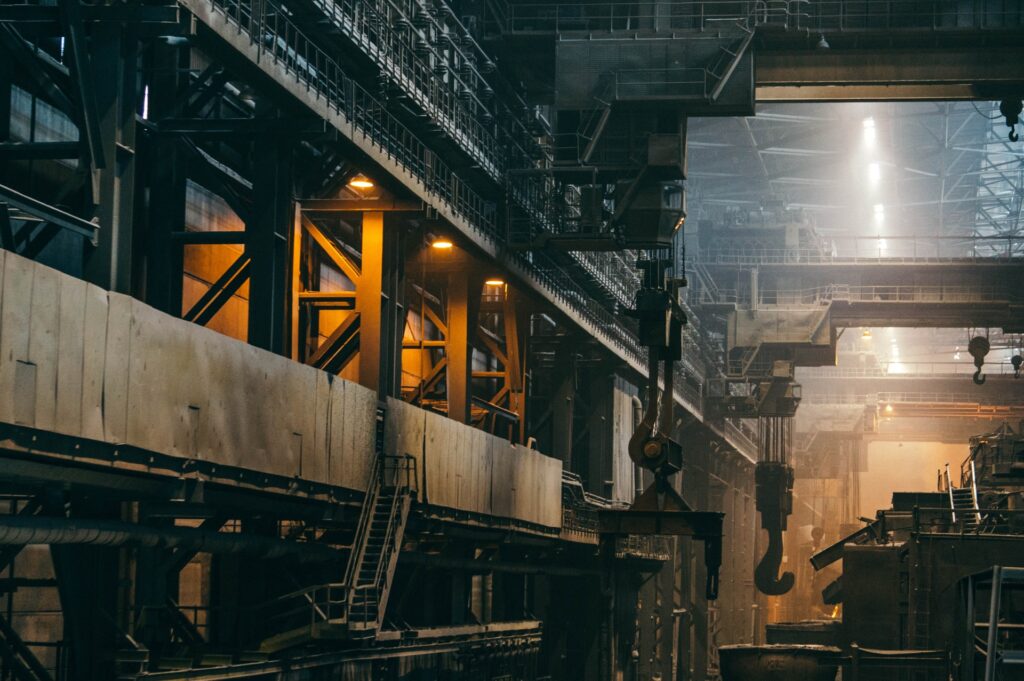The United States Steel Corporation has announced the beginning of the construction of a next-gen steel mill in Osceola, Arkansas, which will be technologically advanced and more friendly to the environment.
The new facility will cost $3 billion and will be equipped with two electric arc furnaces (EAF), a production capacity of 3 million tons per year, an endless casting and rolling line, and state-of-the-art finishing capabilities.
The key in the new steel mill is the choice of EAF vs blast furnaces, which are expected to make the facility 75% less carbon-intensive than traditional ones overall.
Unlike their old-school counterparts, EAFs don’t need iron ore as a fuel source but instead can use scrap material. As such, they can take part in recycled metal production cycles.
Moreover, EAFs use electricity carried through graphite electrodes to create an arc and melt the scrap, whereas blast furnaces require coal (coke) to bring the temperature up. This also means that no carbon dioxide fumes are emitted in the process, as no organic matter is burned.
Finally, EAFs are smaller, lighter, and cheaper than blast furnaces, easier to transport, and take up less space in the mills.
The only advantage of blast furnaces against the electric arc furnace is that they make the production of clean steel a little bit easier. However, technological advancements have started to close that gap gradually.
The most important part, however, is using scrap materials from obsolescent metal, which are plenty, dead cheap, and have nowhere to go for processing. According to the International Energy Agency, only 20% of the world’s steel production involves scrap materials, and this is a massive problem for the environment.
Mining iron ore is a highly energy-intensive process that causes air pollution by releasing nitrous oxide, carbon dioxide, carbon monoxide, and sulfur dioxide. Moreover, entire mountains are “eaten” by machines, and destruction radically changes natural landscapes. Finally, water is polluted by the acid and heavy metals that are drained from the mines, and these pollutants can persist for thousands of years.
Article Source: Environment + Energy Leader
Photo by Ant Rozetsky on Unsplash






